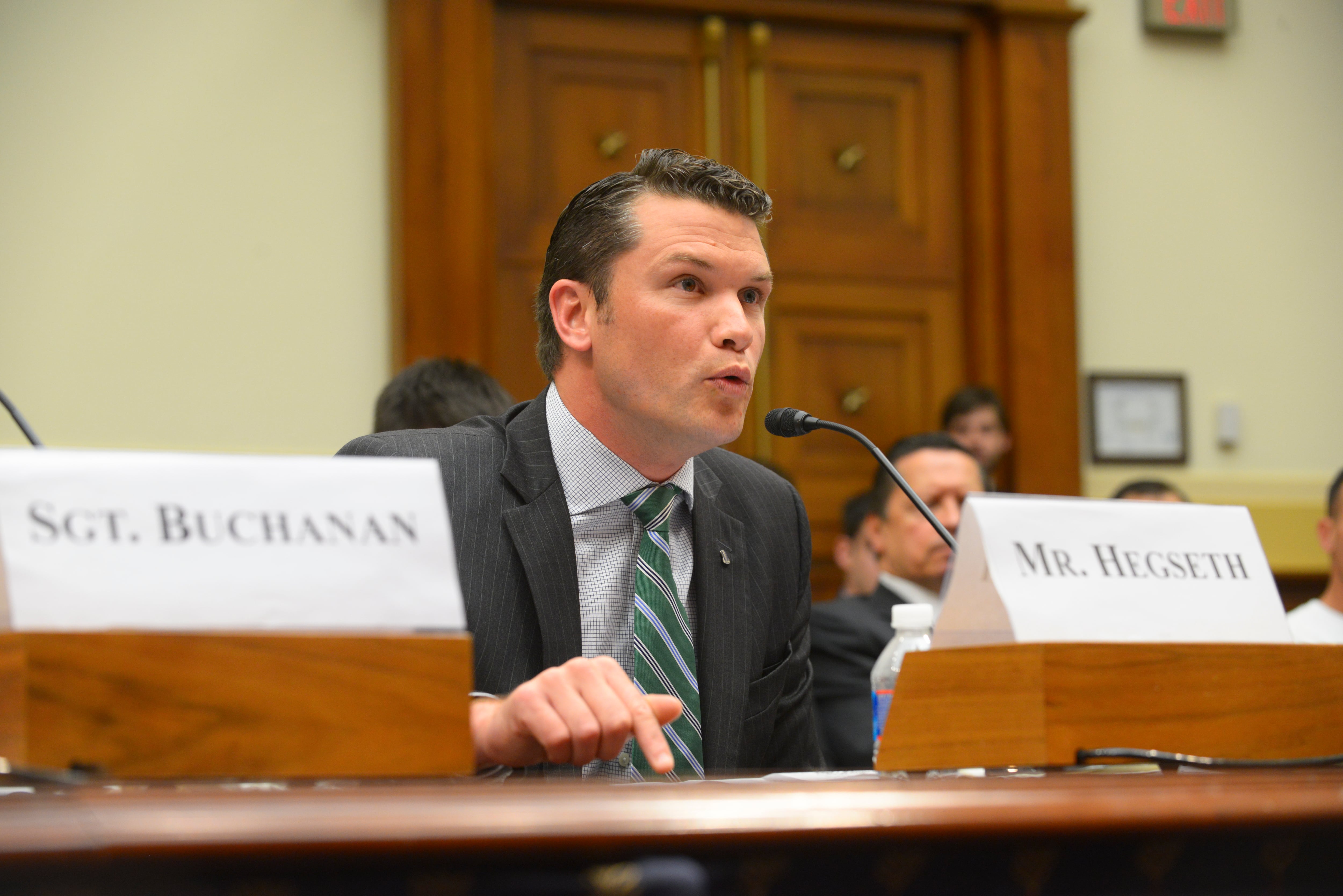Like stores around the country, military exchanges are wrestling with COVID-related supply chain problems and rising prices.
The problems are affecting everything from the manufacturing process to the entire shipping chain.
“We continue to fight for our ‘unfair share’ of inventory to provide ongoing merchandise availability to service members and their families around the world,” said Chris Ward, spokesman for the Army and Air Force Exchange Service. Products affected include electronics, athletic footwear, men’s and women’s clothing, appliances, furniture, and more, he said.
Shortages of raw materials are especially affecting certain products, such as those that contain microchips, aluminum, glass and textiles, said Courtney Williams, spokeswoman for the Navy Exchange Service Command. Some of the brands that have been affected include Dyson, Whirlpool, Samsung, Charbroil and a number of beverage companies, she said.
Among other problems are shipping container shortages, COVID-related factory shutdowns, ongoing port congestion, port container capacity limitations, driver availability, and limited truck and rail capacity, Ward said. These shipping problems have also been plaguing the moving industry, affecting military families’ moves.
These are not short-term problems. No one knows when the shortage of products will ease, Williams said, “but in the area of shipping, the hope is some relief will occur by late 2022.”
The exchanges and commissaries compete with other retailers outside the gate for products and contend industry should give some preferential treatment to military stores, allotting an “unfair share” of inventory for the military community — considering the nature of the military lifestyle and the sacrifices service members and their families make.
Many vendors have prioritized military resale over other outlets, particularly with certain COVID-related products, Williams said.
Costs for labor, materials and transportation have skyrocketed. Williams said NEXCOM has worked to try to mitigate the increases to make sure they can continue to provide savings to their customers.
In addition, across the military resale organizations, their Joint Buying Alliance, formed in 2019, has helped save customers more than $75 million, Williams said.
The advice from exchange officials? “Do not wait to buy. If you see it, buy it!” said Williams.
NEXCOM officials decided to move up the start of their “We Believe” holiday shopping campaign to start the week of Oct. 4 to allow customers to get a head start, she said.
Army and Air Force Exchange Service officials launched their holiday shopping sales in early September, offering “Black Friday prices” through Nov. 24, both in-store and online at ShopMyExchange.com, on electronics, clothing, jewelry, sporting goods and more. New deals and specials are rolling out each Friday.
Many holiday deliveries are either on their way to Navy Exchange stores or just arriving, Williams said. But stores may not have been able to get the full quantity they originally ordered. And, she said, “NEXCOM is experiencing some product delays that will create out-of-stock or shortage situations throughout the holiday season.”
Except for items scheduled for their “Navy Blue Weekend” sales events, they’re putting all merchandise out on the sales floors. As the weeks wear on, there may be less likelihood that customers will find what they want for their holiday buying. “That said, NEXCOM buyers are still looking for and purchasing new products for the holiday season,” she said. “So there will be products on our shelves, just maybe not the gift a customer had originally wanted to purchase.”
Navy Exchanges and AAFES stores have also started offering their fee-free layaway this holiday season.
Most of the current product shortages and labor shortages are due to the recent increase in COVID-19 infections at civilian manufacturing plants, which has caused temporary shutdowns as well as changes in production lines, Williams said. This can cause longer manufacturing times and some are having to prioritize or shift resources to manufacture only certain products.
Shortages of raw materials and packaging also affect the products themselves. “If just one element or ingredient needed to make an item is not available, it has a huge impact,” Williams said.
All authorized exchange shoppers, regardless of service branch, can shop at any of the services’ exchange stores, both in the brick-and-mortar stores and online.
All Department of Veterans Affairs service-connected disabled veterans, Purple Heart recipients, former prisoners of war and primary veteran caregivers are eligible to shop at military exchanges on base. All veterans are eligible to shop at the online exchanges — mynavyexchange.com; shopmyexchange.com, mymcx.com and shopcgx.com.
Military exchanges in the U.S. are also now open to all DoD and Coast Guard civilians.
Karen has covered military families, quality of life and consumer issues for Military Times for more than 30 years, and is co-author of a chapter on media coverage of military families in the book "A Battle Plan for Supporting Military Families." She previously worked for newspapers in Guam, Norfolk, Jacksonville, Fla., and Athens, Ga.





